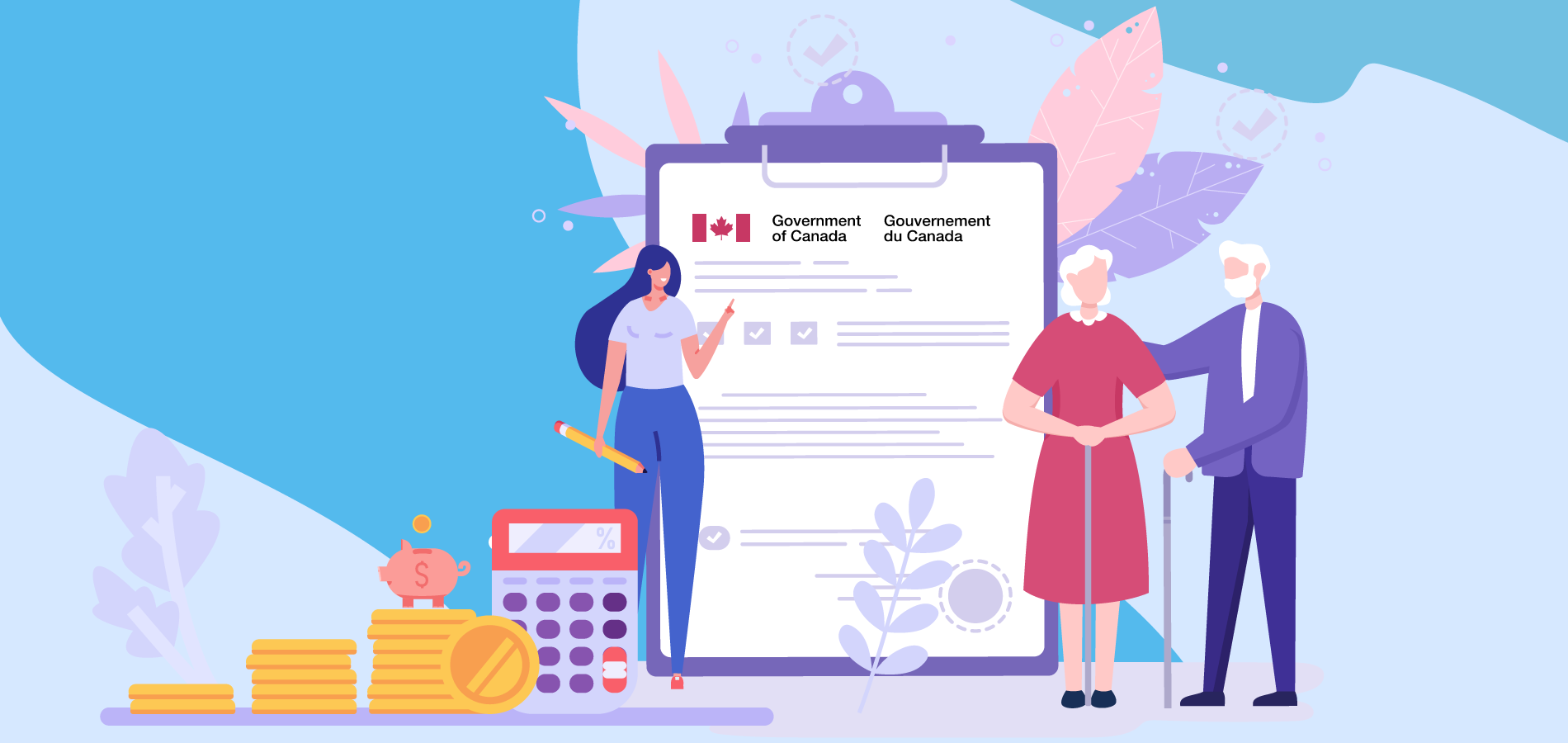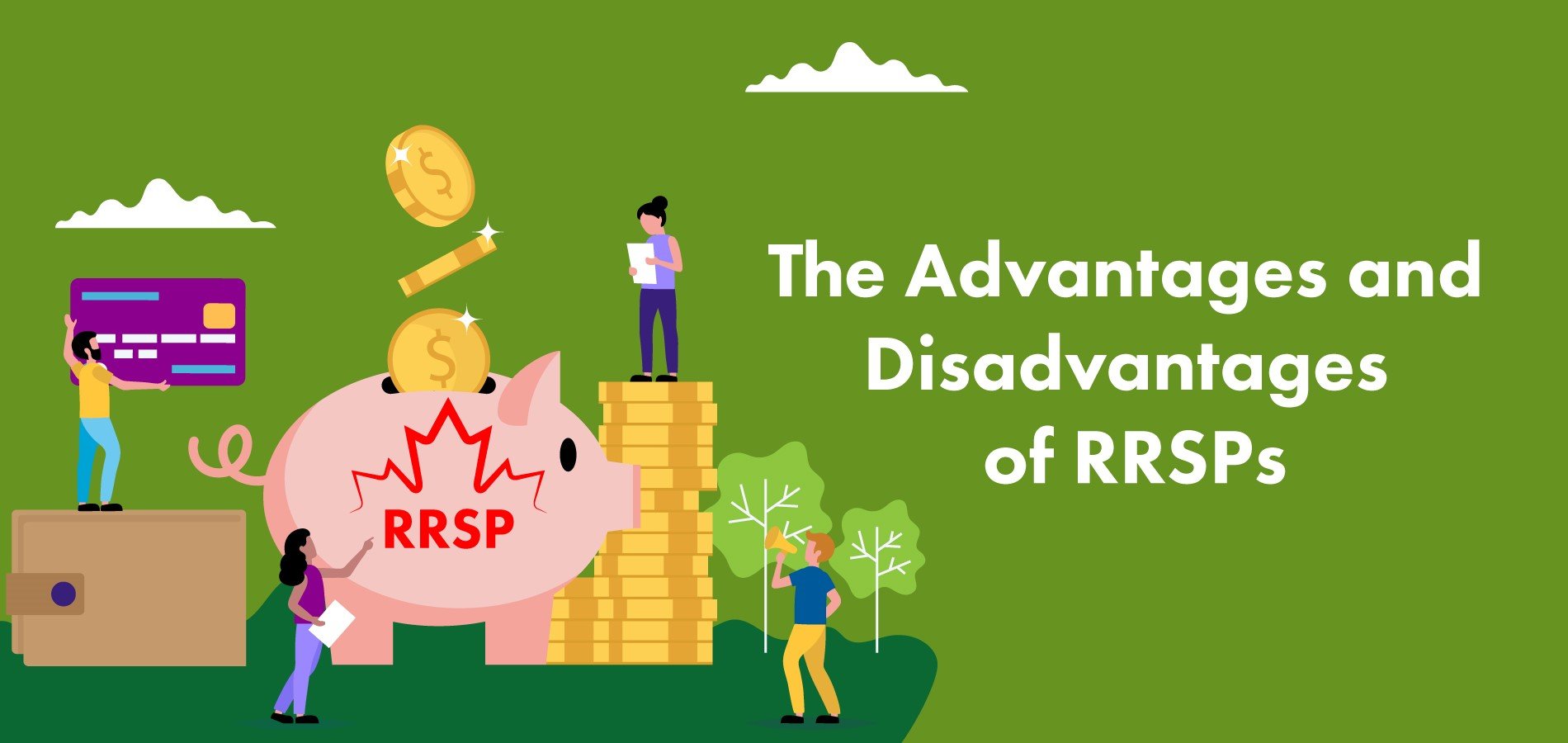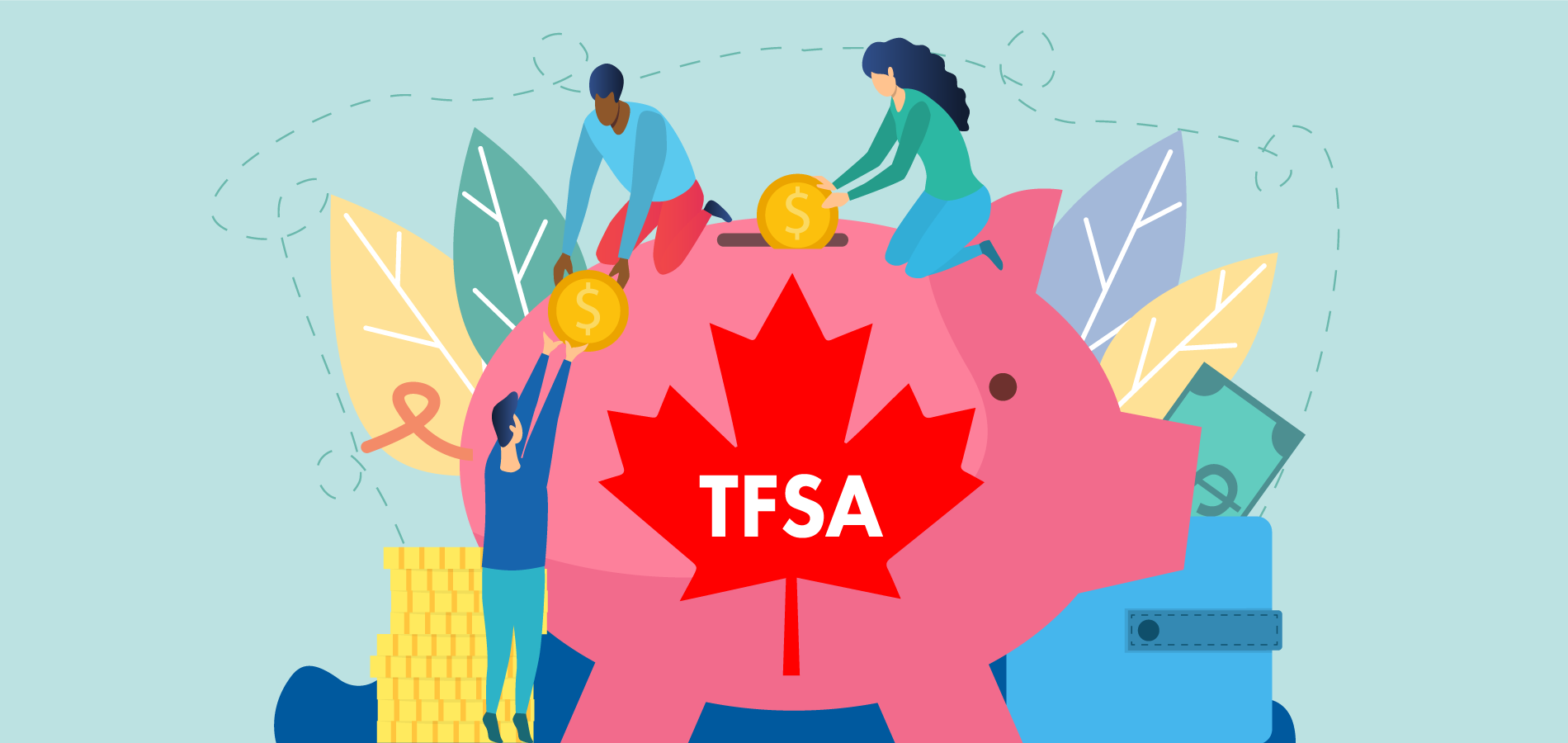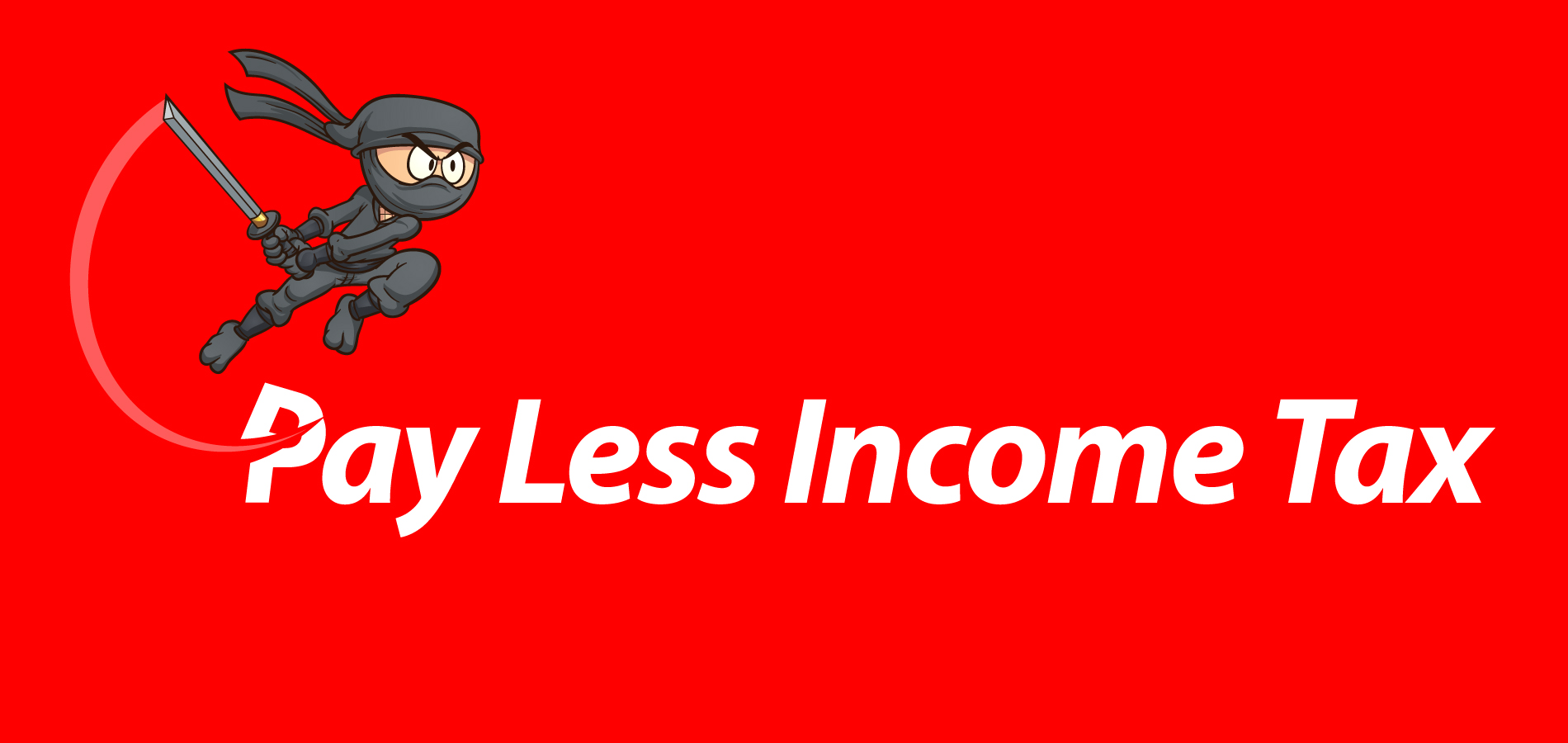More than 50 years ago, the Canadian government recognized that the nation’s senior citizens had a financial problem. They were living longer than ever – and many were running out of money during retirement.
The Guaranteed Income Supplement (GIS) was introduced to provide financial support to help seniors maintain their quality of life.
There are four pillars of retirement finances for those over age 65:
- Old Age Security. Canadian citizens and permanent residents are eligible for this benefit at age 65. You must have lived in Canada for at least 10 years after the age of 18.
- The Canada Pension Plan. Your benefit is based on contributions you have made through employment or self-employment.
- Retirement savings and pensions in the public or private sector
- The GIS supplement
This article primarily deals with the GIS. We’ll also discuss the “Allowance”, which is a benefit available to spouses of those receiving Old Age Security or their survivors.
Who is eligible for the Guaranteed Income Supplement?
GIS benefits are provided to low-income seniors. However, it might surprise you to know that one third of Old Age Security recipients in Canada qualify for, and receive, the GIS supplement.
To have GIS eligibility, you must:
How much is the Guaranteed Income Supplement?
It depends on your household income. If you are single, the maximum you can receive in 2021 is $923.71 per month.
If you are married, the amount depends on your partner’s income from such sources as the Canada Pension Plan, Old Age Security and the GIS supplement.
There are income cutoffs above which a person cannot receive the benefit. For a single, this amount is $18,744.
For those who are married or have a common-law partner, the maximum incomes to receive GIS benefits are:
-
For those whose partner receives the OAS: $24,768
-
For those whose partner does not get OAS: $44,928
-
For those whose partner receives the Allowance: $44,928
How is the Guaranteed Income Supplement calculated?
The benefit you can receive is based on your household’s taxable income for the previous year. Some sources of income are excluded, including inheritances, lottery winnings, Tax Free Savings Account withdrawals, OAS payments and the GIS benefit itself.
These income sources are counted in the GIS calculation:
- Canada Pension Plan payments
- RRSP withdrawals
- Interest, capital gains and dividends
- Employment and self-employment income, with an earning exemption of $3,500
If you earn more than the exemption, your GIS benefits will be reduced by 50 cents for every dollar of additional income.
Is there a Guaranteed Income Supplement application?
Generally, you should be automatically enrolled when you file your tax return. However, if the government is missing some of your information they may not realize you are eligible. So, it’s important to be proactive and call Service Canada if you think you qualify. The toll-free guaranteed income supplement phone number is 1-800-277-9914.
Or visit the Canadian government website for more information.
Is the Guaranteed Income Supplement taxable in Canada?
No, it’s tax-free. Benefits for the other retirement programs, including OAS and CPP, are taxable.
What is the Allowance?
Another challenge that the Canadian government faced was that women were often outliving their husbands. When their partner died the retirement benefits would be terminated and the spouse ended up living in poverty as a result. Therefore, Ottawa created the Spouse’s Allowance, which is now called the Allowance.
There are two types of Allowance:
- For those age 60-64: If you are eligible for GIS, your partner may be able to receive the Allowance. The recipient must be a Canadian citizen or legal resident and have lived in the country for at least 10 years since the age of 18. The maximum allowance in this case is $1,174.49 per month.
- For the Survivor: If your partner was receiving OAS and GIS and dies, you may be eligible for the Allowance. In this case, the maximum is $1,400.05 per month.
For more information about the Allowance, visit the Canadian government website.
What if my situation changes while receiving GIS benefits?
Many different life events can have an impact on the amount you receive or whether you continue to be eligible. These include:
- You could have a change in income. Higher income could make you no longer eligible for the GIS supplement; reduced income may mean an increased payment.
- If you leave Canada for more than six months. You are supposed to be residing in Canada to receive GIS benefits so be sure to contact the government if you plan to be out of the country for longer.
- If you die. Obviously, the tax man can’t get you after you are dead but it’s important that your partner or family notifies the government so that benefits can be stopped. Otherwise, your relatives could face penalties.
- You’re in a federal prison.
- Your marital status changes due to divorce, separation or death of a partner. Or if you get married.
- If you and your partner need to live apart, such as one of you going into a Long Term Care home, you may be eligible for a higher benefit.
If any of these situations apply to you, it’s important to contact Service Canada as soon as possible. You may be in line for increased GIS benefits. Or your benefit may be reduced or even eliminated – this is unfortunate but you need to let Service Canada know immediately to avoid penalties.
Have questions about the GIS?
If you have read this far, you will have realized that GIS benefits are complicated, with a lot of eligibility rules and various factors determining the amount of your payment. Therefore, if you have questions it’s best to call the Guaranteed Income Supplement phone number at 1-800-277-9914.
Are you incorporated in Canada?
Small business owners and incorporated individuals in Canada can use a Health Spending Account (HSA) to save on their medical expenses. An HSA is a cost effective alternative to traditional health insurance. The plan covers a wide variety of health and dental expenses. You could save thousands of dollars in taxes with an HSA.
Find out more about Health Spending Account (HSA), download my free guides:







